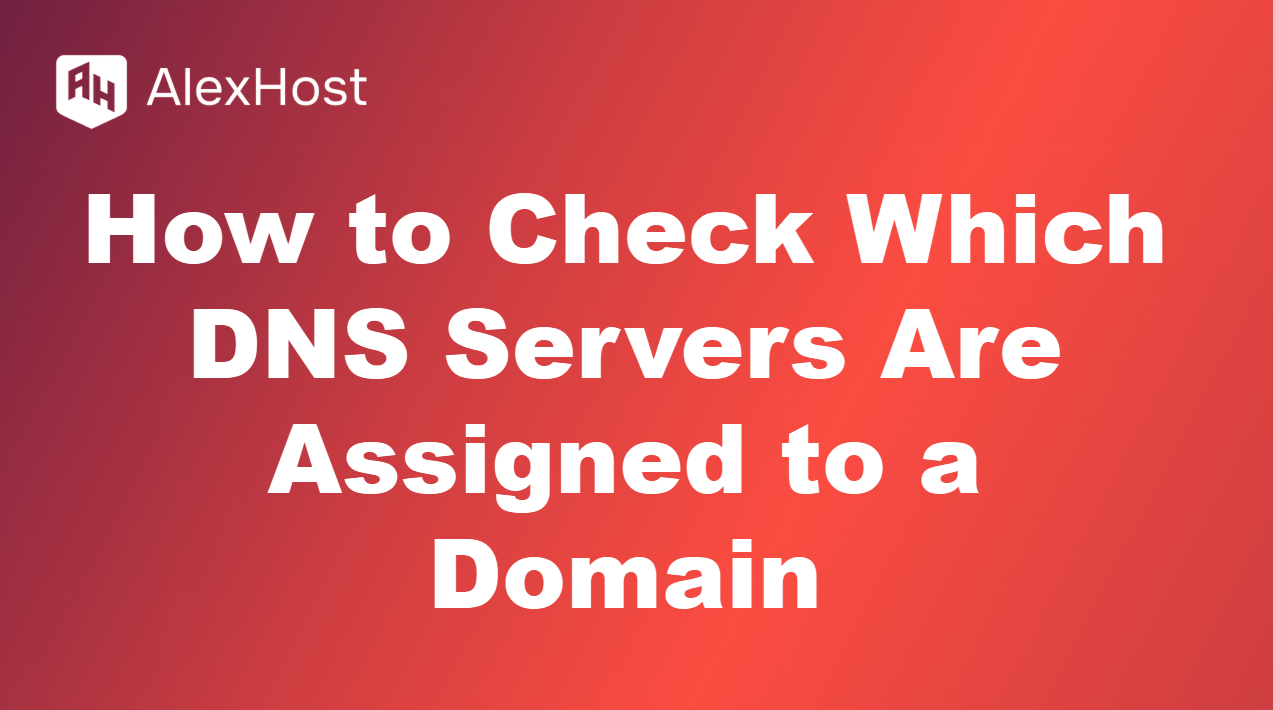Navigating website issues like redirect errors is seamless with a reliable hosting partner. AlexHost’s Web Hosting Solutions ensure your site’s configurations are optimized for performance and stability. With robust tools, expert support, and reliable infrastructure, AlexHost helps you troubleshoot and resolve issues like the “Too Many Redirects” error quickly and efficiently, keeping your site accessible […]
The .htaccess file is a powerful configuration file used by Apache web servers to control server behavior on a per-directory basis. With .htaccess, you can manage redirects, enforce security, control access, and customize error pages, among other functionalities. Here’s an overview of what .htaccess is, how it works, and some common use cases. 1. Understanding […]
Samba is an open-source software suite that enables file and print sharing between computers running Windows and Unix-like systems, such as Ubuntu. By installing Samba, you can create a seamless connection between Linux and Windows systems, allowing file sharing over a network. Here’s a step-by-step guide on how to install and configure Samba on Ubuntu. […]
Zabbix is an open-source monitoring solution for network and application monitoring, providing comprehensive monitoring capabilities for infrastructure, networks, applications, services, and more. Designed for scalability, Zabbix is commonly used by organizations of all sizes to gain insights into performance, detect issues in real-time, and proactively manage resources. 1. What is Zabbix? Zabbix is a monitoring […]
Understanding which DNS (Domain Name System) servers are assigned to a domain is essential for website management, as DNS servers are responsible for translating domain names into IP addresses. This guide walks through several methods to check the DNS servers for a domain. 1. Use Online DNS Lookup Tools Online DNS lookup tools are quick […]
Redis is a powerful, in-memory data structure store used as a database, cache, and message broker. Known for its performance and versatility, Redis is frequently employed to speed up applications by caching frequently requested data. Here’s a step-by-step guide to installing and configuring Redis on a Linux system. 1. Update Your System Before installing Redis, […]
Find Your Hosting Provider’s Contact Email on AlexHost VPS Why find contact email on AlexHost? Quick access to your hosting provider’s contact email is essential for support, billing, or troubleshooting. AlexHost’s VPS with NVMe storage, LiteSpeed, root access, and DDoS protection ensures fast, secure management of your sites. This guide covers methods to locate contact […]
Making your website visible to search engines is essential for reaching a wider audience and gaining traffic. This process, known as Search Engine Optimization (SEO), involves improving various elements on and off your website to ensure search engines can discover, index, and rank your site. Here’s a step-by-step guide on how to make your site […]
Clearing or deleting data from a MySQL table is a common task in database management, often done to remove outdated or irrelevant information. Depending on your specific needs, there are multiple ways to clear a table in MySQL. Here’s a guide on how to do it safely and efficiently. 1. Understanding the Basics of Clearing […]
An SAN (Subject Alternative Name) Certificate, also known as a multi-domain SSL certificate, is a type of SSL/TLS certificate that allows multiple domain names to be protected by a single certificate. SAN certificates are ideal for businesses and organizations that manage multiple websites or subdomains, as they simplify SSL management by consolidating domains under one […]
















